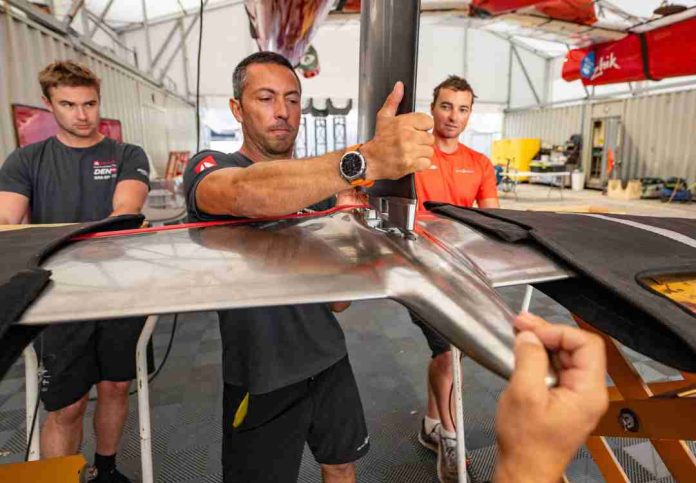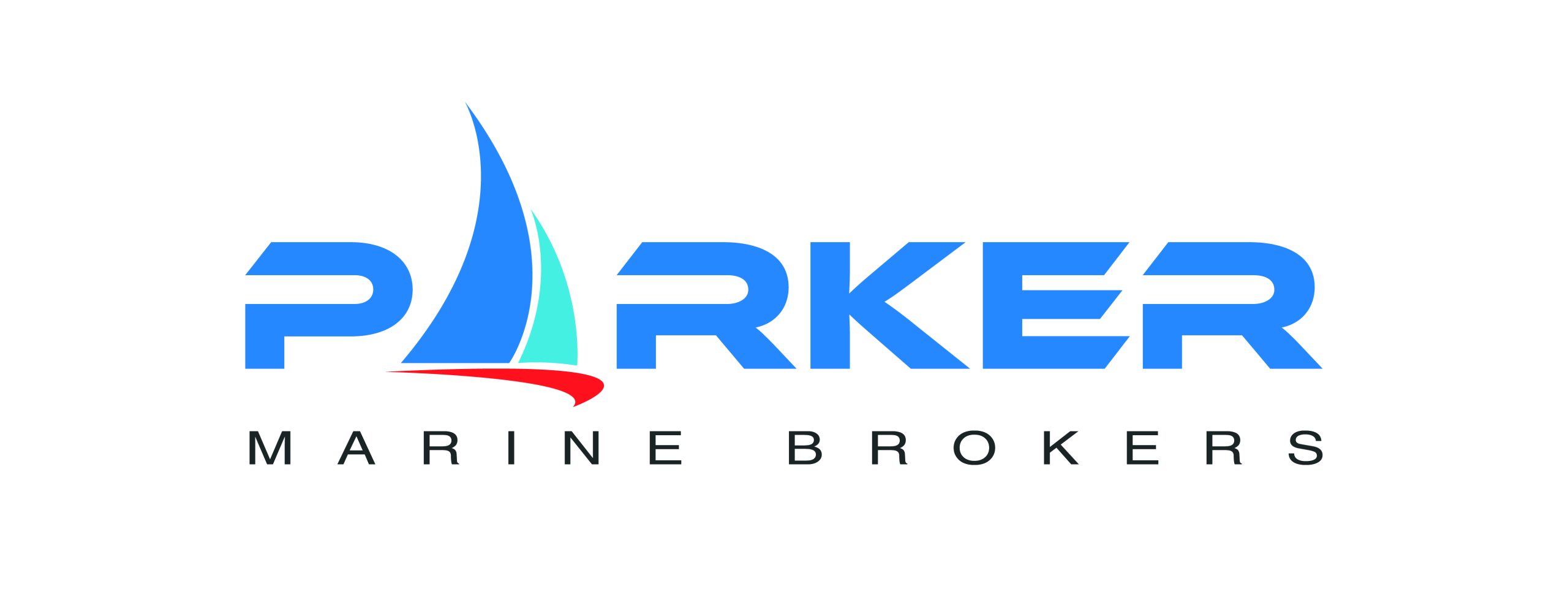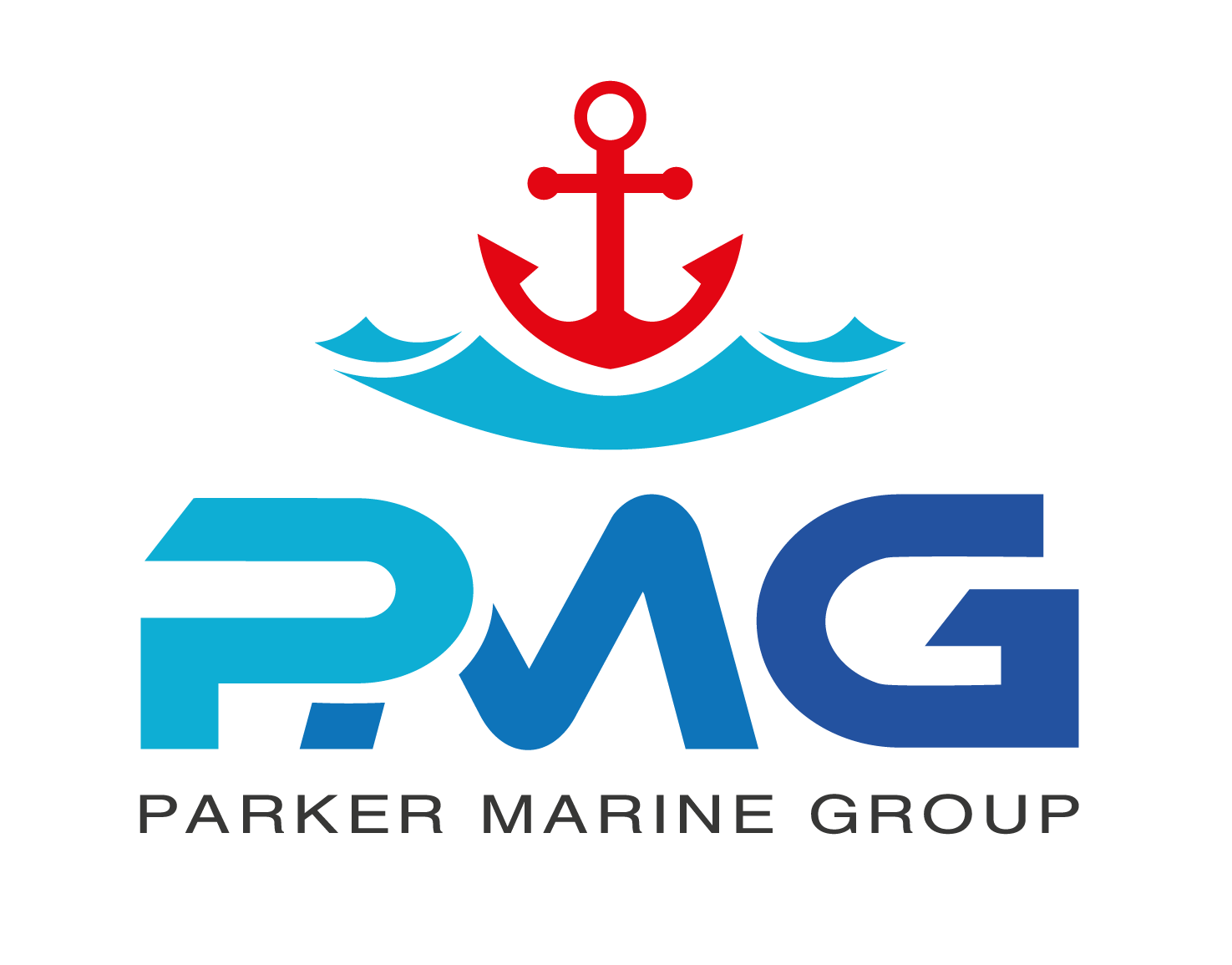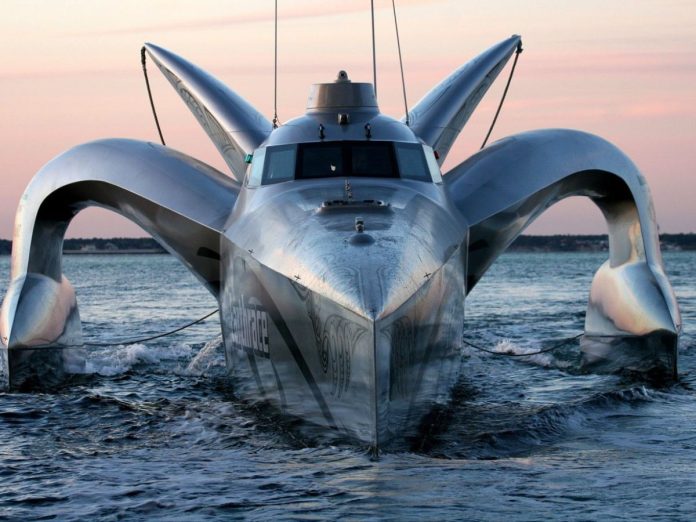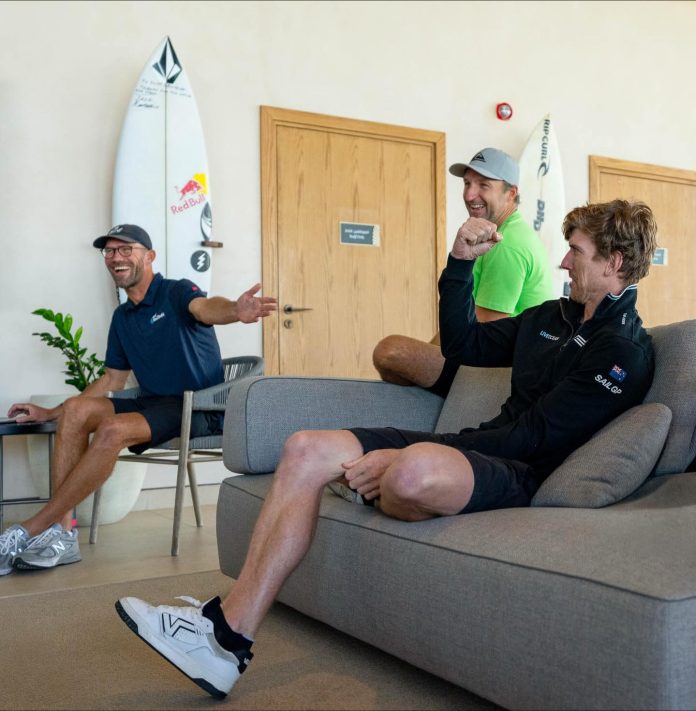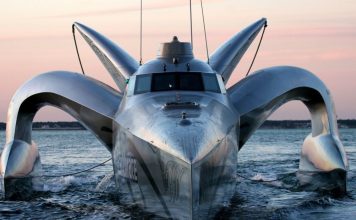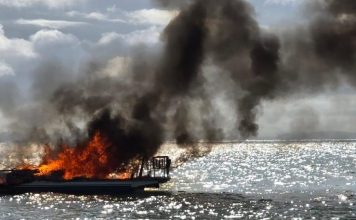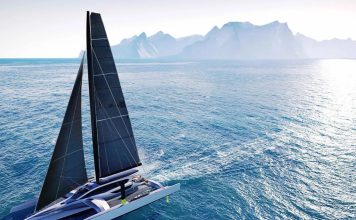SailGP has been at the forefront of pushing the limits of high-performance sailing, and its F50 catamarans are known for cutting-edge technology and breakneck speeds. As the next season approaches, a game-changing development is set to elevate the competition even further: the introduction of new T-Foils fleet-wide. These foils, designed to enhance speed and performance, have undergone extensive testing and are poised to transform the SailGP racing landscape, with their first full deployment scheduled for Auckland in 2025.
The F50s have already been the fastest sailing vessels in the sport, but the new T-Foils aim to push that boundary even further. They were developed over 18 months of rigorous testing, with multiple teams trialing the design in a range of conditions. The outcome? Record-breaking speeds and a promise of even faster races in the future.

Current F50 Design and Foiling Technology
To appreciate the impact of the new T-Foils, it’s important to understand the existing design of the F50 catamarans. These boats are engineered to achieve flight—literally lifting out of the water—by using hydrofoils. The current foils, mounted on the rudders and daggerboards, create lift as the boat gains speed, reducing drag by minimising the hull’s contact with water. This allows F50s to reach incredible speeds, often exceeding 50 knots (93 km/h).
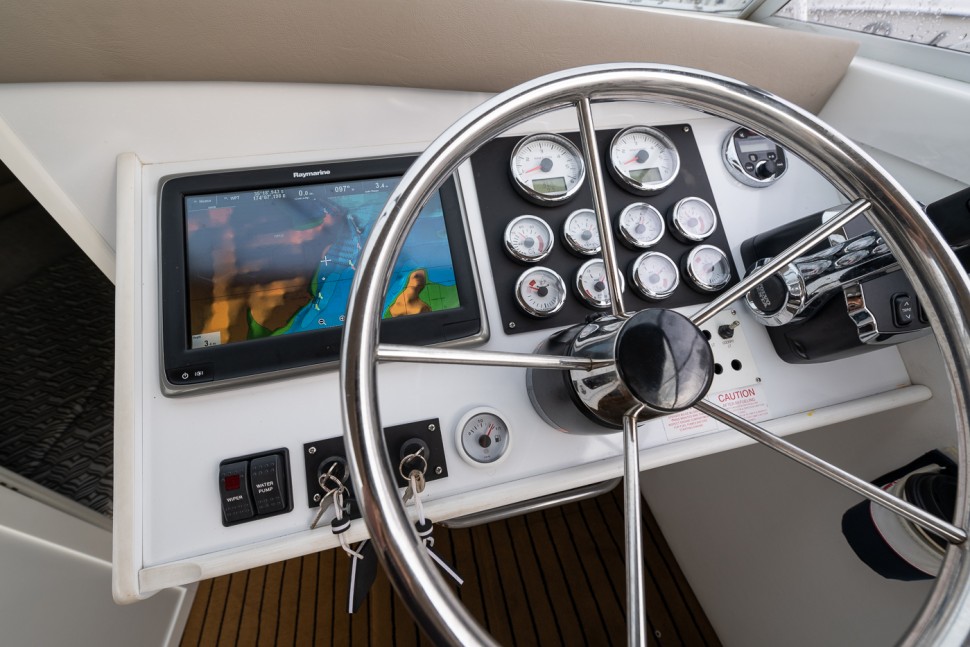
However, while the current foils are efficient, they have their limitations. In higher winds, the F50s can become difficult to control, and in lighter winds, it can be challenging to maintain optimal speed. The challenge for SailGP’s engineers was to create a foil that could perform better across a wider range of conditions, allowing for faster and more stable racing in any weather.
Why Develop New T-Foils?
The decision to design new T-Foils was driven by the desire to increase both speed and fairness across the SailGP fleet. Speed, of course, is a primary goal—SailGP has always been about pushing the envelope of what’s possible on the water. But equally important was the need to create a more level playing field. By introducing these new foils fleet-wide, all teams will have access to the same performance-enhancing technology, ensuring that the competition remains fair while pushing the limits of what the boats can achieve.
The previous generation of foils had reached the upper limits of their design potential. Teams reported challenges with stability and control at top speeds, and some races saw significant performance gaps between teams in different wind conditions. The new T-Foils are expected to address these issues by providing better control and handling at both high and low speeds, offering more consistent performance across the fleet.

Testing and Development: 18 Months in the Making
The development of the new T-Foils began 18 months ago with a series of design trials and simulations. Multiple teams were involved in early testing phases, and the foils were continuously refined based on real-world data. After the Grand Final in San Francisco in July 2024, a final round of testing took place, with standout results.
During these trials, the Canada F50 set a new speed record, reaching an incredible 101.98 km/h (55 knots) in winds of just 32 km/h (17 knots). This record highlights the enormous potential of the new foils to propel the boats to higher speeds in a variety of wind conditions. The testing also demonstrated improved stability, with teams reporting better control at high speeds, especially during maneuvers that previously caused issues like cavitation (where water pressure drops, creating air bubbles that can reduce foil efficiency).
Technical Design of the New T-Foils
The new T-Foils represent a significant departure from the current foil design. As the name suggests, these foils are shaped like an inverted “T,” with a horizontal wing-like structure that extends outward from a vertical strut. This configuration allows the foils to generate lift more efficiently and maintain that lift across a wider range of speeds.
One of the major innovations in the design is the improved wing profile, which reduces drag while increasing lift. The materials used have also evolved, with the foils being constructed from advanced composites that are both stronger and lighter than previous designs. This means the foils can withstand higher loads while contributing less weight to the overall boat, making the F50s even faster.
The new design also improves the boat’s ability to handle choppy water, a common issue in many SailGP races. The horizontal structure helps to stabilize the boat, reducing the risk of nose-dives or capsizing in rough conditions.
Solving Past Problems
One of the key problems with the old foils was maintaining speed and stability across varying wind conditions. In lighter winds, it was difficult for boats to foil consistently, while in stronger winds, control could become erratic. The new T-Foils solve these issues by offering greater flexibility in foil settings, allowing teams to adjust for different wind speeds and sea states more easily.
Drag reduction was another major focus of the redesign. With less drag, the boats can accelerate more quickly and maintain higher speeds with less energy input from the crew. This allows for faster, more aggressive racing and opens the door for more dramatic tactical maneuvers during competition.
The Expected Impact of the New T-Foils
With the new T-Foils in place, the next season of SailGP promises to be faster and more exciting than ever. Based on testing data, races are likely to see average speeds increase, with peak speeds potentially breaking more records as teams become accustomed to the new design. The improved stability of the boats is expected to lead to fewer crashes and closer races, as the performance gap between teams narrows with the introduction of a standard foil across the fleet.
The SailGP teams are excited about the possibilities these foils offer, but there are still questions about how quickly they can adapt to the new technology. Will the teams who have spent the most time testing the foils—such as the Canada and United States teams—have an advantage? Or will the performance improvements level the playing field so much that even the underdogs can challenge for the top spots?








